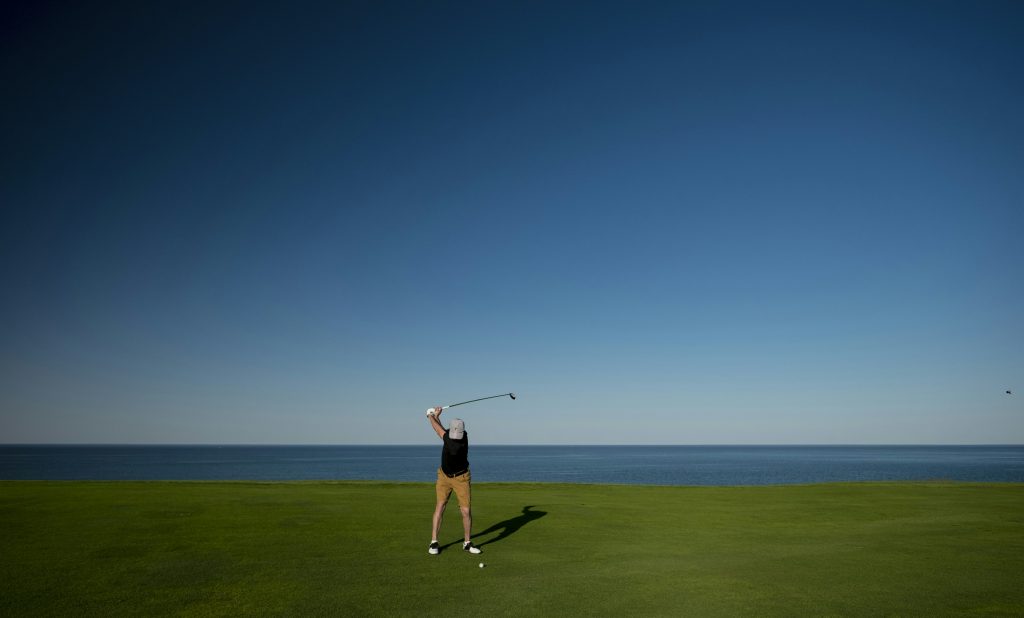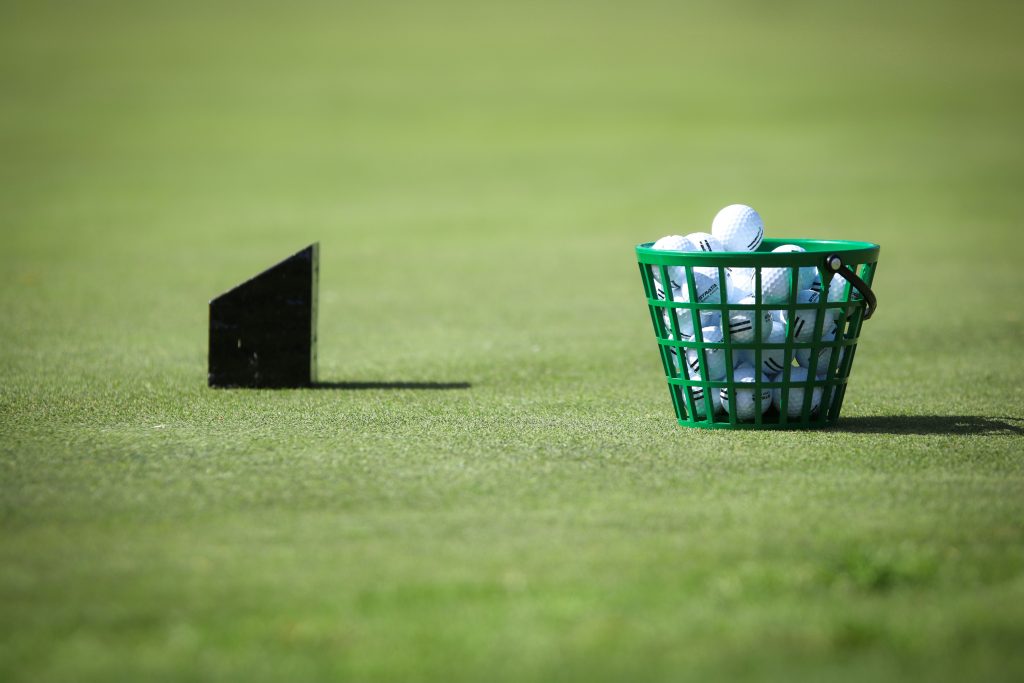What is the most common mistake in the backswing? This question haunts golfers, both novice and experienced, because understanding and rectifying this common mistake can significantly improve one’s game. Whether you are just beginning or have been playing for years, you could benefit immensely from grasping the intricacies of the backswing. This understanding not only elevates your performance but also minimizes the frustrations associated with this complex sport.

Understanding the Backswing
The backswing is a crucial component of a golf swing where the body and club are moved away from the ball, preparing for the downswing. It sets the stage for a successful shot by positioning your body and the club correctly. A poor backswing often leads to suboptimal ball strikes, inconsistent shots, and even physical discomfort or injury.
Importance of the Backswing
Why does the backswing matter so much? Essentially, it creates the necessary conditions for a powerful and accurate downswing. In this phase, you store potential energy, align your body correctly, and prepare to unleash that energy onto the ball. Without a strong backswing, these essential elements break down, impacting the performance negatively.
Common Mistake in the Backswing
Among various pitfalls that golfers encounter, the most frequent mistake is initiated right from the start: poor club and body alignment. Incorrect alignment disrupts the swing’s natural arc, causing a series of compensations throughout the swing that culminate in unsatisfactory shots.
The Role of Alignment
Alignment forms the backbone of a good backswing. Proper alignment ensures that the clubface, body, and target are in harmony, promoting an efficient and powerful swing. Misalignment, however, forces you to adjust in awkward ways, ruining your shot.
Signs of Poor Alignment
How can you tell if your alignment is off? Common indicators include:
| Indicator | Description |
|---|---|
| Mis-hit shots | Shots that veer off the intended target |
| Physical discomfort | Strain in the back, shoulders, or arms during or after the swing |
| Uneven ball flight | Balls veer left or right, indicating improper clubface orientation |
Biomechanical Flaws
Apart from alignment, biomechanical flaws also contribute to an ineffective backswing. These range from poor posture to incorrect grip and even muscle tension.
Posture Mistakes
Improper posture often leads to imbalances affecting the entire swing. A good golf posture involves a slight bend at the hip, balanced weight distribution, and relaxed shoulders. Deviating from this can lead to poor control and loss of power.
| Posture Flaw | Consequence |
|---|---|
| Too upright | Limits rotation, reducing power |
| Excessive knee bend | Hinders proper weight transfer |
| Hunched shoulders | Causes muscle strain, affecting the swing |
Techniques for Correction
Correcting your backswing involves reprogramming your body and muscle memory, which could be daunting but is essential for improvement. Here are some techniques:
Alignment Drills
Focus on alignment drills to set your body and club correctly. Use alignment sticks or even garden stakes to visually guide your body and the clubface.
Practicing with Alignment Sticks
- Place one alignment stick along the target line.
- Position a second stick parallel to your feet, hips, and shoulders.
- Practice your stance until you naturally align without the visual aid.
Addressing Biomechanical Issues
If your biomechanical flaws stem from physical limitations or improper habits, consider the following interventions:
| Exercise | Target Area |
|---|---|
| Rotational stretches | Increases hip and shoulder mobility |
| Core strengthening | Enhances stability and power generation |
| Grip practice | Ensures a relaxed yet firm hold on the club |
Psychological Aspects
The mental aspect of golf often takes a backseat in discussions about the backswing. However, psychological factors can profoundly impact your backswing.
Stress and Anxiety
Golf is both physically demanding and mentally taxing. Stress and anxiety often translate into tension, leading to rushed or jerky backswings.
Techniques for Mental Clarity
- Mindfulness Meditation: Helps you remain calm and focused.
- Positive Visualization: Imagine a successful backswing and shot before addressing the ball.
Consistent Practice
Consistency is the key to mastering any aspect of golf, particularly the backswing. Regular practice not only reinforces correct techniques but also ingrains them into muscle memory.
Structured Practice Sessions
- Warm-up: Start with light stretches to loosen up.
- Focus on Drills: Spend 15-20 minutes on alignment and posture-specific drills.
- Play Simulation: Imagine yourself in an actual game situation while practicing.

Professional Guidance
Seeking advice from a professional golf instructor can drastically speed up your improvement. A trained eye can identify nuanced errors you might overlook.
Benefits of Professional Coaching
Professional coaching offers several advantages:
| Benefit | Description |
|---|---|
| Personalized Feedback | Tailored advice based on your unique swing |
| Advanced Drills | Access to specialized techniques and drills |
| Skill Assessment | Regular evaluations to track progress |
Reaping the Benefits
Once you address the most common mistake in the backswing—poor alignment—and correct any biomechanical issues, the benefits are manifold:
Improved Accuracy
Proper alignment and biomechanics will significantly enhance your shot accuracy, making it easier to hit your targets.
Enhanced Power
With correct posture and alignment, your body can efficiently transfer energy from the backswing to the ball, resulting in more powerful shots.
Reduced Physical Strain
Addressing these issues also minimizes the physical strain on your body, making the game more enjoyable and sustainable.

Conclusion
Understanding and rectifying the most common mistake in the backswing—poor alignment—along with addressing any biomechanical flaws, can profoundly impact your golf game. By focusing on alignment drills, addressing physical limitations, and seeking professional guidance, you pave the way for a more consistent, powerful, and enjoyable golf experience.
Correcting your backswing requires diligence, consistent practice, and often, professional guidance. However, the rewards are substantial, offering you not only improved performance but also a deeper appreciation and love for the game.

